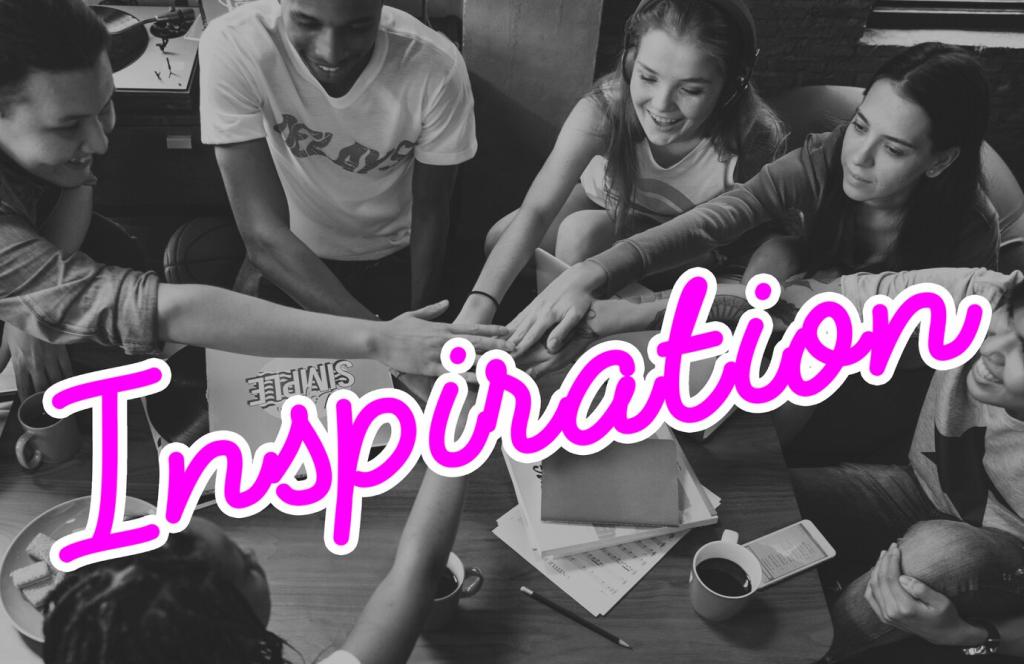Words That Carry the Arc
A headline should state who it’s for, what changes, and why it matters now. Avoid slogans that hide the promise. Try drafting three versions: plain, punchy, and poetic. Post your strongest line and ask the community which one makes the story irresistible.
Words That Carry the Arc
These are not dead ends; they are teachable scenes. Offer guidance, reassurance, and one clear next step. Replace blame with partnership. If you have a memorable error message that soothed frustration, share it for others to adapt thoughtfully.




